How do you know whether your child has a cold or the flu?
Coughing. A sore throat. A temperature. You child is unwell. Is it just a common cold? Or could it be the flu? It can be hard to tell.
While the flu and the common cold are both respiratory illnesses, they’re caused by different viruses (1). They share many symptoms. Here are some tips on what to look for — and what to do if they do if you do think they have the flu.
The flu or just a common cold?
In general, if your child catches the flu, they will seem sicker than if they have got a cold (1). Another way to tell is colds often creep up over a few days, whereas the flu will most likely make your child feel very sick, very quickly (2).
The flu can be very unpleasant for children, causing chills, achy muscles, a headache, a stuffy nose, dry cough, sore throat and extreme tiredness lasting up to a week (2)(3). They can also appear less active and may get pain in their ear (4). Children are also prone to vomiting and diarrhoea with the flu (5).
Typical symptoms of a common cold include a blocked or runny nose, sore throat, headache, achy muscles, cough, sneezing, mild tiredness and pressure in the ears and face (6).
And while your child might run a fever with a cold, the flu almost always causes one. It can make them feel tired, achy and weak. Some children can get a very high fever with the flu, sometimes without the usual flu symptoms, and may need to go to the hospital for treatment (3).
When should I call the doctor?
If you suspect your young baby may have the flu, seek medical advice as soon as you can. Seek medical advice for toddlers and older children if they’re very ill or if they’re not getting better. Take them back or go to an emergency room immediately if their symptoms get worse, even if they’ve already seen a professional (7).
Also, seek urgent medical attention if a child of any age (7):
- has symptoms of dehydration or is refusing to drink or breastfeed
- has a blue tinge around their lips or nail beds, or a bluish tint to the skin
- has difficulty breathing
- is lethargic, or you can’t wake them up
- has a fever that returns, severe headache or stiff neck.
Other symptoms that signal an urgent need for help are if they are (7):
- being extremely fussy or refusing to be held or touched, in babies
- irritable or cranky, or refusing to be held or touched, in toddlers
- irritable or cranky, in older children.
A flu shot is the best way to protect your child from the flu. Even if it’s not fully effective, vaccination can help minimise symptom severity and reduce the risk of the flu leading to serious complications (7).
Sources
(1) https://www.healthline.com/health/flu-symptoms-in-kids
(2) https://www.nhs.uk/conditions/vaccinations/child-flu-vaccine/
(3) https://assets.publishing.service.gov.uk/…/PHE_Protecting_Child_Against_Flu_leaflet.pdf
(4) https://www.nhs.uk/conditions/flu/
(5) https://www.healthline.com/health/cold-flu/cold-or-flu
(6) https://www.nhs.uk/conditions/common-cold/
(7) https://www.healthline.com/health/flu-symptoms-in-kids






Leave a comment